
How to Use LM393: Examples, Pinouts, and Specs
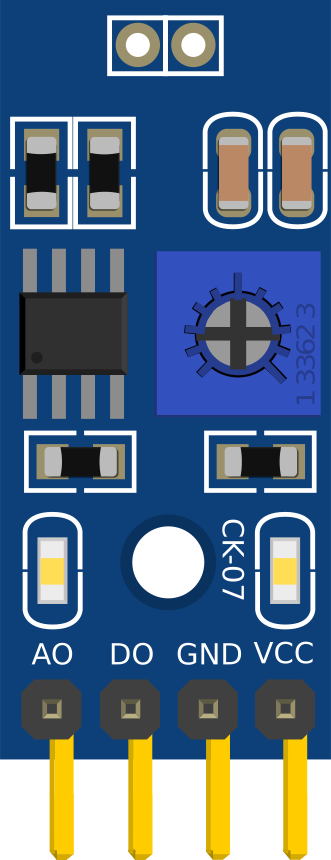
 Design with LM393 in Cirkit Designer
Design with LM393 in Cirkit DesignerIntroduction
The LM393 is a dual independent precision voltage comparator, capable of comparing two input voltages and determining which is higher. It is designed to operate from a single power supply over a wide range of voltages or from dual supplies. The LM393 is widely used in electronic circuits for sensor interfacing, voltage level detection, and for driving loads when a specific voltage threshold is crossed.
Explore Projects Built with LM393
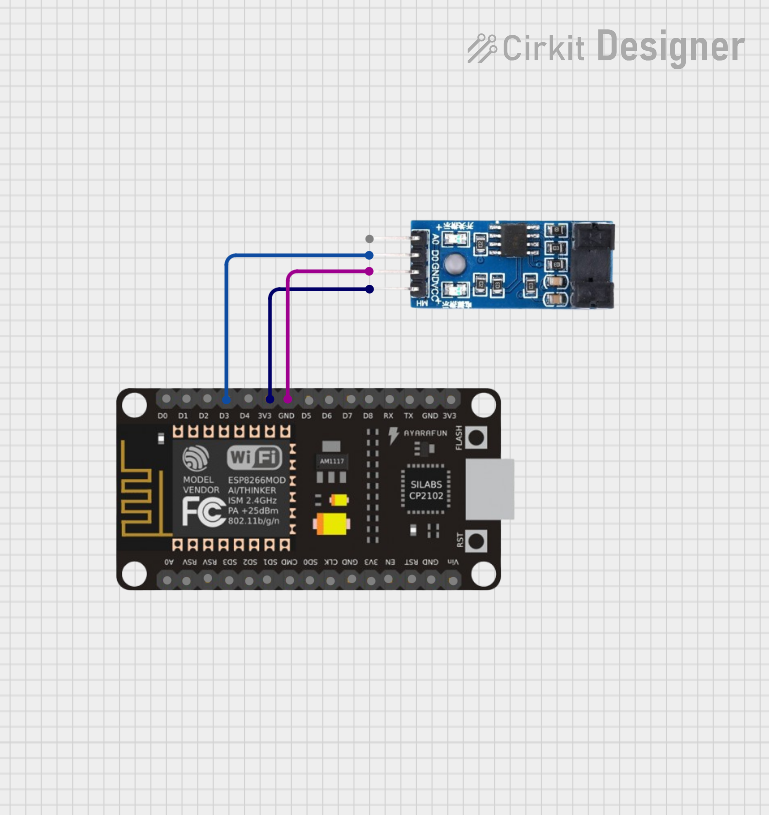
 Open Project in Cirkit Designer
Open Project in Cirkit Designer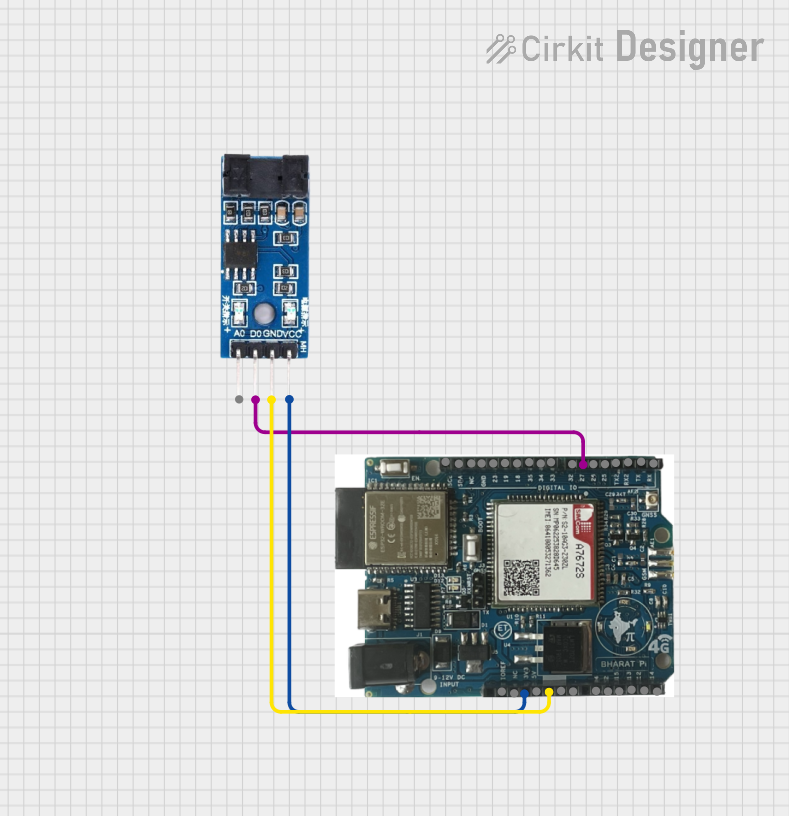
 Open Project in Cirkit Designer
Open Project in Cirkit Designer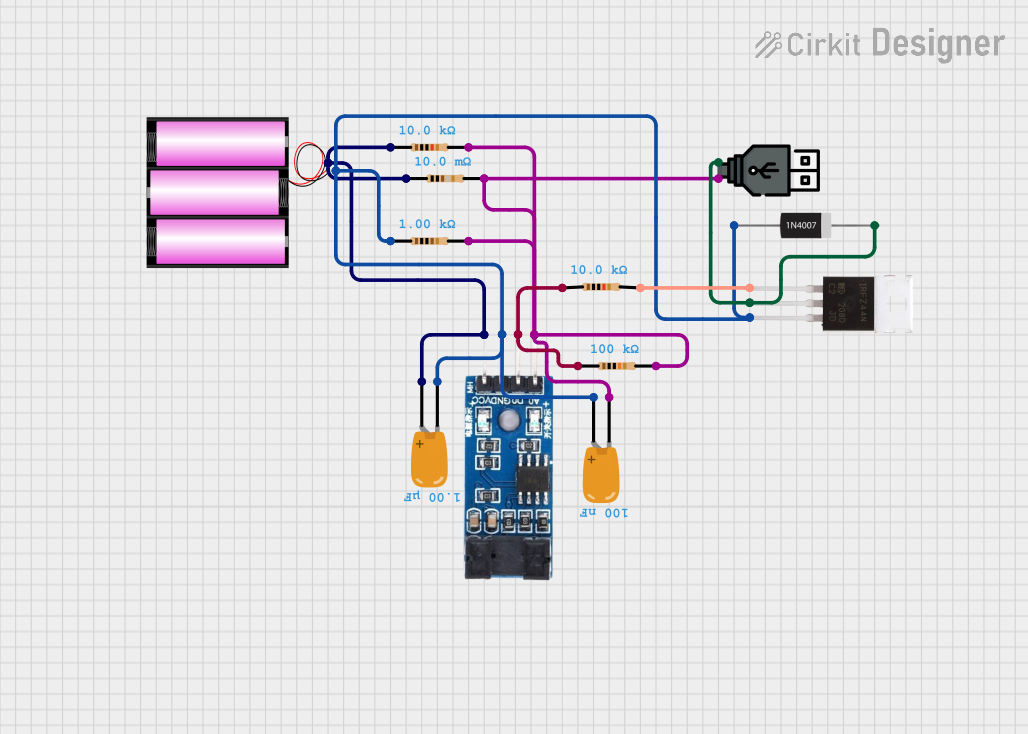
 Open Project in Cirkit Designer
Open Project in Cirkit Designer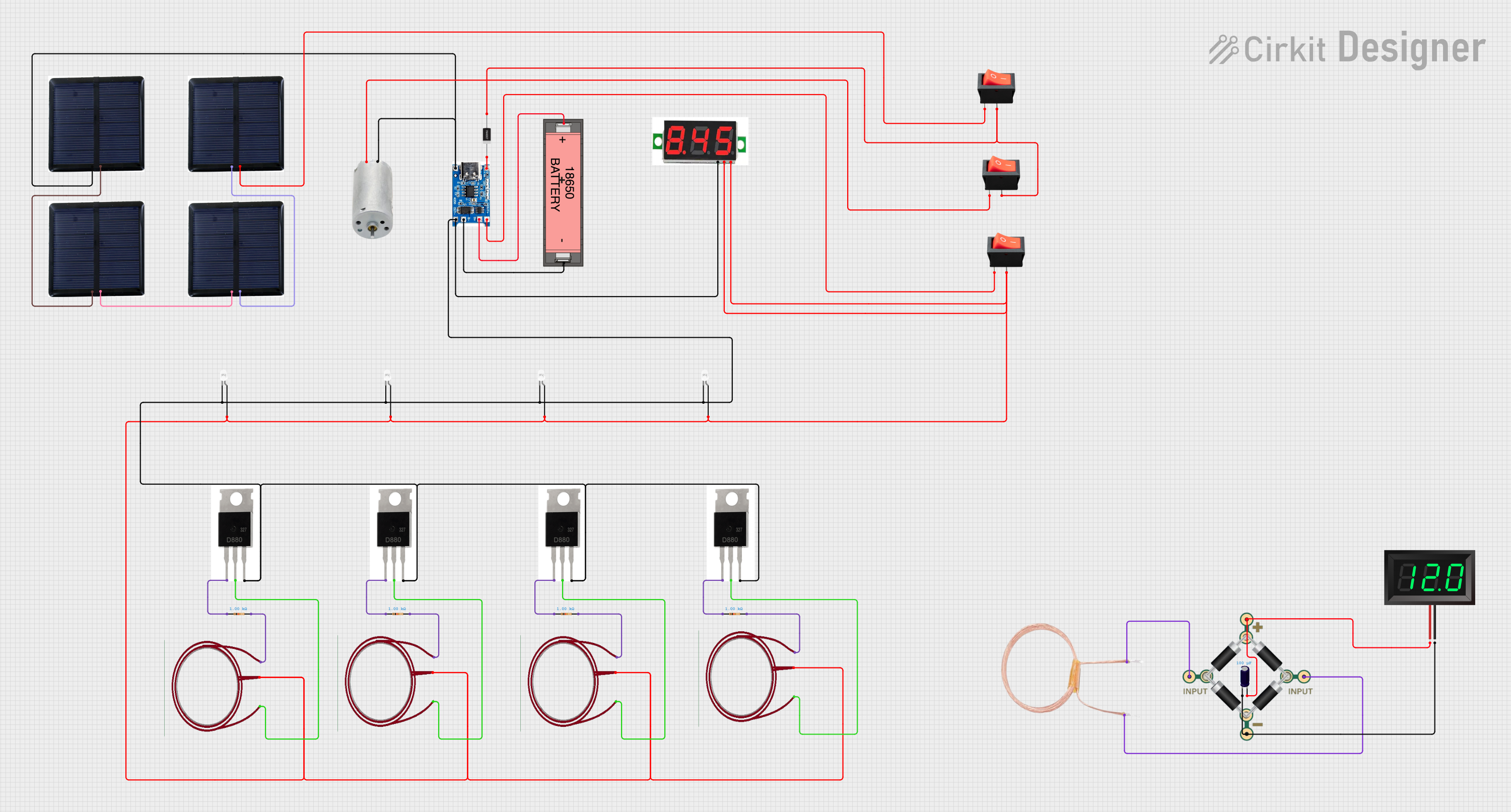
 Open Project in Cirkit Designer
Open Project in Cirkit DesignerExplore Projects Built with LM393

 Open Project in Cirkit Designer
Open Project in Cirkit Designer
 Open Project in Cirkit Designer
Open Project in Cirkit Designer
 Open Project in Cirkit Designer
Open Project in Cirkit Designer
 Open Project in Cirkit Designer
Open Project in Cirkit DesignerCommon Applications
- Sensing and detection circuits
- Simple analog to digital converters
- Battery chargers
- Voltage monitors
- Relay drivers
- Motor control circuits
Technical Specifications
Key Technical Details
- Supply Voltage Range: 2.0V to 36V (or ±1.0V to ±18V)
- Input Offset Voltage: 5mV max (at 25°C)
- Input Bias Current: 25nA (typical)
- Output Current: 20mA (typical)
- Response Time: 1.3μs (typical)
- Operating Temperature Range: 0°C to 70°C
Pin Configuration and Descriptions
| Pin Number | Name | Description |
|---|---|---|
| 1 | OUT1 | Output of comparator 1 |
| 2 | IN1- | Inverting input of comparator 1 |
| 3 | IN1+ | Non-inverting input of comparator 1 |
| 4 | GND | Ground (0V) reference |
| 5 | IN2+ | Non-inverting input of comparator 2 |
| 6 | IN2- | Inverting input of comparator 2 |
| 7 | OUT2 | Output of comparator 2 |
| 8 | Vcc | Supply voltage |
Usage Instructions
How to Use the LM393 in a Circuit
- Power Supply: Connect the Vcc pin to a positive supply voltage and the GND pin to the ground of the circuit.
- Input Signals: Apply the voltages to be compared to the IN+ and IN- pins of the respective comparator.
- Output Connection: Connect the OUT pin to the load or next stage in your circuit. Note that the LM393 has an open-collector output, which requires a pull-up resistor to the supply voltage.
Important Considerations and Best Practices
- Always use a pull-up resistor on the output to ensure proper logic levels.
- Bypass the power supply with a 0.1μF capacitor close to the LM393 to minimize power supply noise.
- Avoid placing noisy digital signals close to the analog inputs to prevent false triggering.
- Ensure that the input voltages do not exceed the supply voltage range to prevent damage.
Example Circuit: Connecting to an Arduino UNO
// Define the LM393 output pin connected to the Arduino
const int comparatorOutputPin = 2;
void setup() {
pinMode(comparatorOutputPin, INPUT); // Set the comparator pin as an input
Serial.begin(9600); // Start serial communication
}
void loop() {
int comparatorState = digitalRead(comparatorOutputPin); // Read the comparator output
Serial.println(comparatorState); // Print the state to the serial monitor
delay(500); // Wait for half a second
}
Troubleshooting and FAQs
Common Issues
- No Output Signal: Ensure that the pull-up resistor is connected and that the input voltages are within the specified range.
- False Triggering: Check for noise in the input signals or power supply, and ensure proper decoupling.
Solutions and Tips for Troubleshooting
- If the output remains low regardless of input, check the connections and the pull-up resistor.
- For erratic outputs, add a small capacitor (e.g., 10nF) between the input pin and ground to filter noise.
- Verify that the supply voltage is within the specified range and stable.
FAQs
Q: Can the LM393 be used with a single supply? A: Yes, the LM393 can operate with a single supply voltage.
Q: What is the purpose of the open-collector output? A: The open-collector output allows for voltage level shifting and the ability to connect multiple outputs together for a wired-AND configuration.
Q: How can I interface the LM393 with a microcontroller? A: Connect the output of the LM393 to a digital input pin of the microcontroller with a suitable pull-up resistor. Use digitalRead() to detect the output state.
Q: Can the LM393 outputs drive a relay directly? A: Yes, but ensure that the relay coil current is within the output current limits of the LM393 and use a flyback diode across the relay coil to protect the comparator from voltage spikes.